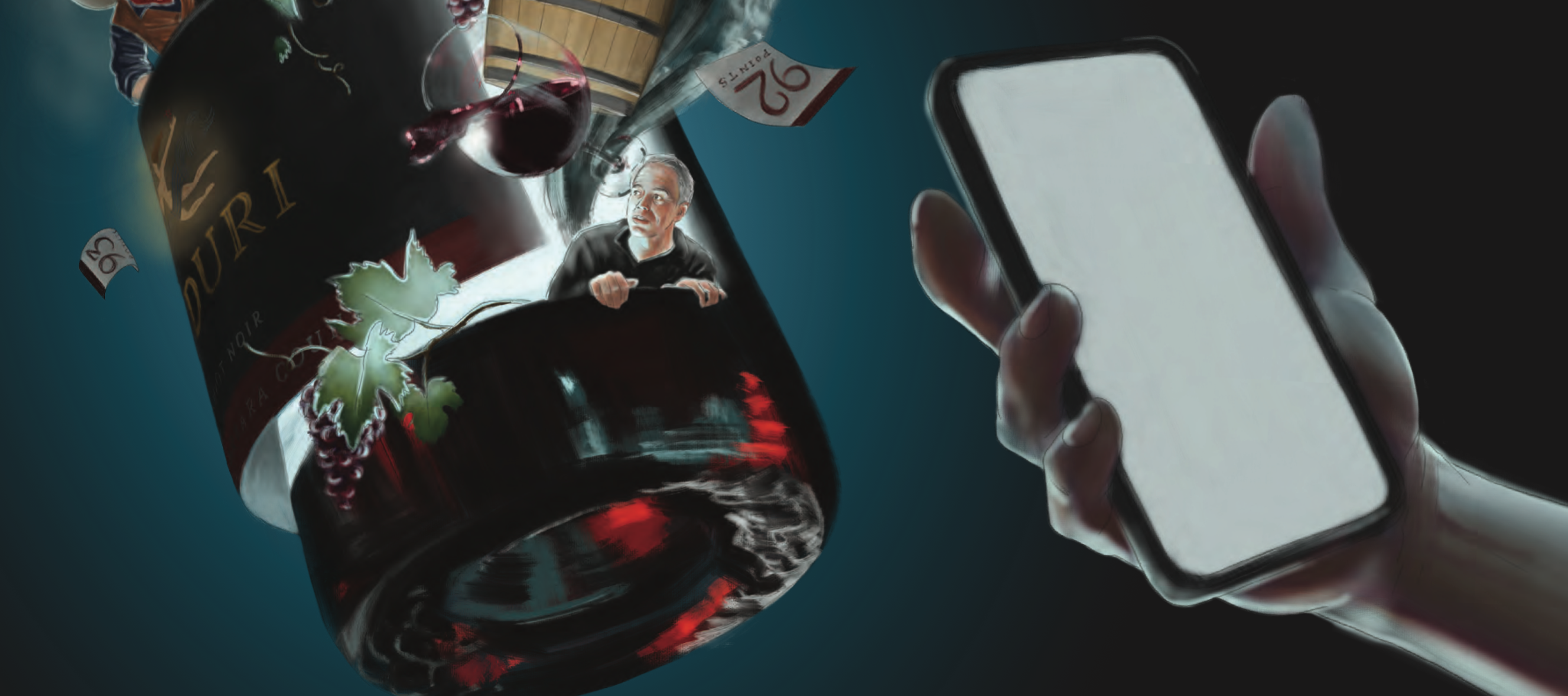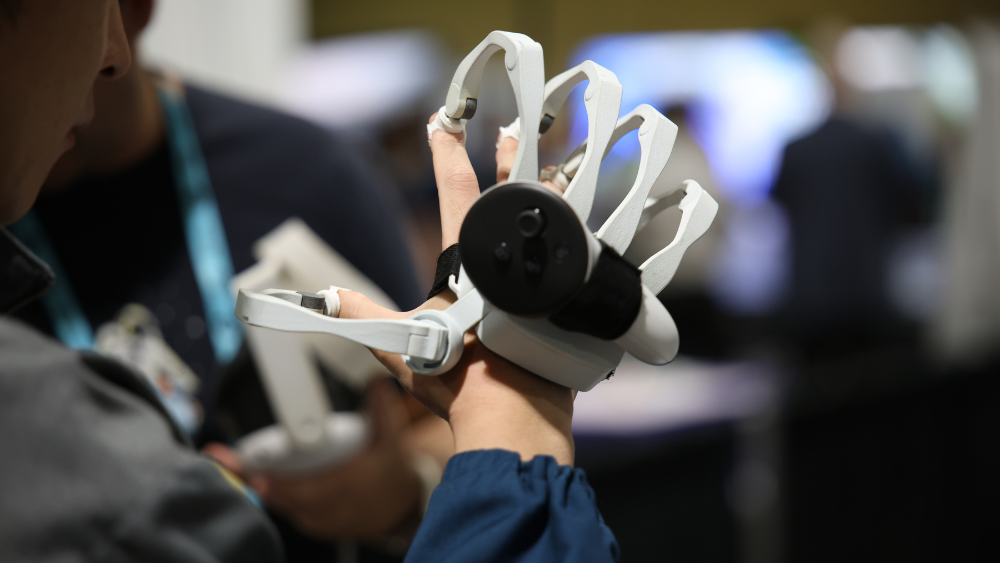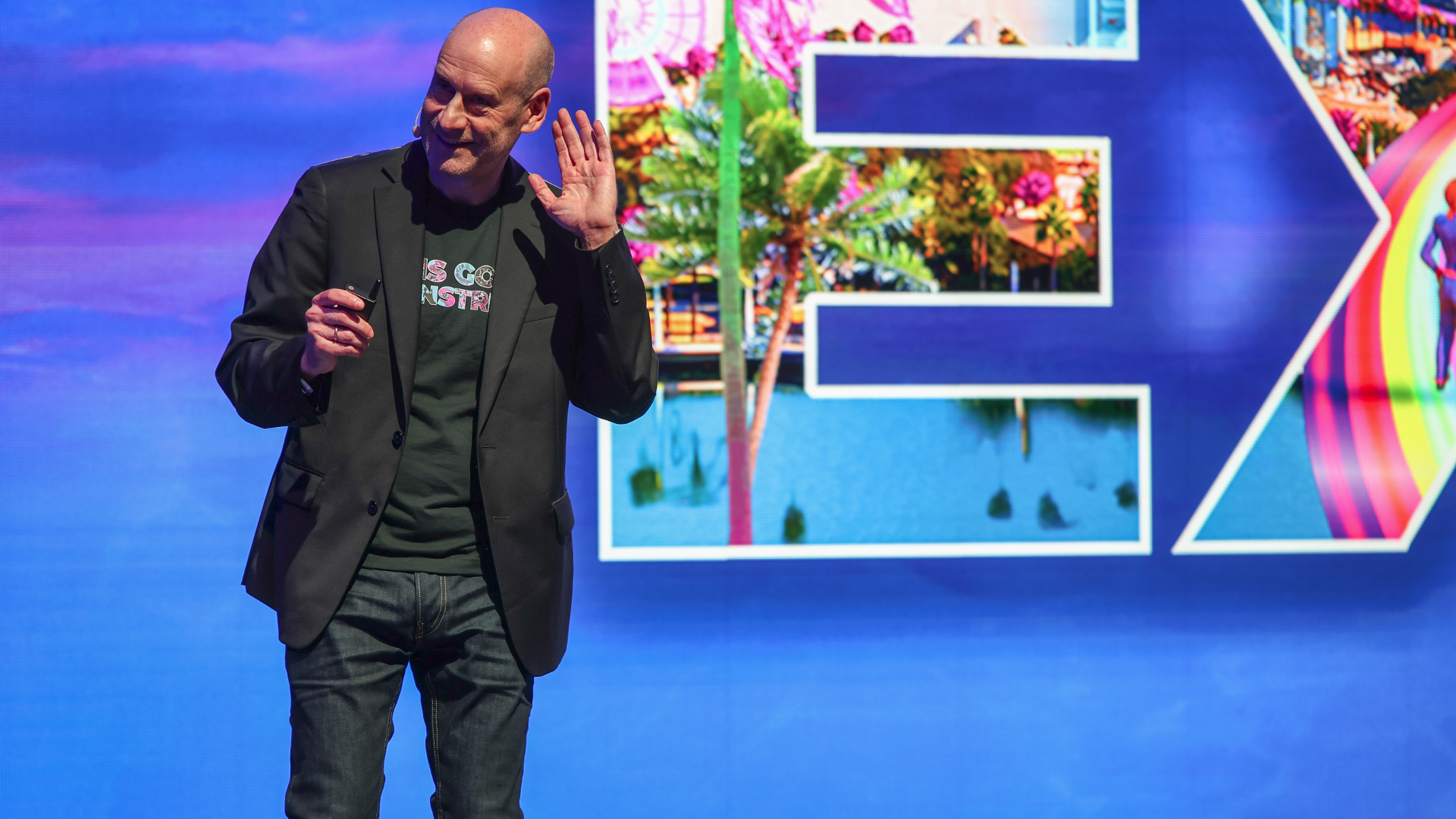Welcome back to AWE Talks, our series that plucks the greatest hits from the vast AWE conference archive. We’re continuing our analysis of session footage from AWE USA 2021, but 2022's show is now not far off and will be upon us in June.
For this week's talk we look at implementing holograms in WebAR with Rock Paper Reality’s Lead WebAR Developer, Yoni Binstock, talking us through five lessons learned from the process.
See the full video below along with quick-hit takeaways.
Header image credit: Rock Paper Reality
If you are interested in learning more about developing for WebAR, the AWE Academy is hosting its WebAR Workshop on April 22-23, 2022 from 9am-1pm PST each day. Click below to register.
- A hologram is a 3D visual representation of a character or person in Augmented and Virtual Reality (AR/VR) that can add a physical human presence to an AR experience.
- Volumetric capture has enabled brands to bring in celebrities/brand ambassadors and deliver their holograms directly to users via WebAR.
- RPR used Microsoft’s Mixed Reality Capture Studio for its volumetric capture and worked with Jackson Family Wines to tell their brand story to customers via a WebAR hologram of the company’s founder.
- Lesson 1: Know the importance of pre-production for hologram creation. Costs are incredibly high with volumetric capture, so it is important to nail down specific details before the day of a shoot, including clothing, props and what an actor will do to achieve the desired end experience.
- Lesson 2: WebAR experiences are restricted by file size, so it is important to do everything possible to reduce file-size, since any limitations may determine the length of a shoot and the length of content you can capture. It also helps to find ways to keep users engaged with the experience while assets load in the background.
- Lesson 3: Focus on interactions between holograms and added 3D elements. It pays to make a digital clone of any physical item that is to be interacted with and use occlusion to give the impression that the physical object is really part of the experience.
- Lesson 4: Shadows are critical in adding a weight and presence to holograms. There is the option of using static shadows that don’t move, or dynamic shadows that change as the hologram moves. Dynamic shadows obviously help to create a deeper sense of immersion, but come with the added performance cost.
- Lesson 5: If MOCAP is not an option, 2D chroma key videos can be a more feasible and affordable alternative. You can set 2D videos to always move with a device, so that it is always in front of the user throughout an AR viewing experience.
- RPR’s Jackson Family Wines experience resulted in 144 million impressions, with a five minute average time spent on site, meaning users were staying engaged until the end of the experience.
- Volumetric capture and WebAR is going to continue to be a huge part of the XR industry.
Header image credit: Rock Paper Reality



